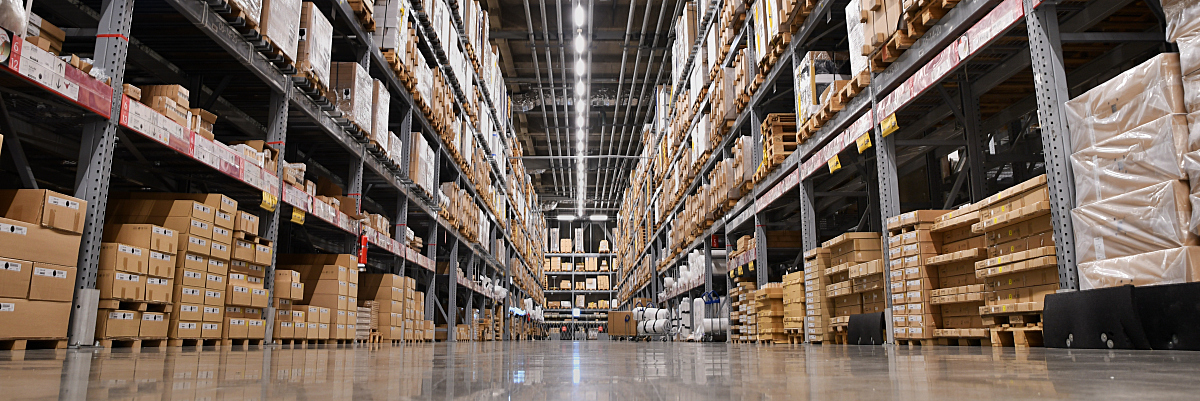The COVID-19 pandemic has created significant problems for the healthcare supply chain—problems that remain active yet altered as the pandemic stretches into another year. Personal protection equipment like masks and gowns were especially difficult to come by at first but supplies such as blood collection tubes and catheters have now also become scarce.
Practically no healthcare system has been safe from supply chain issues, a Kaufman Hall study reports.
99% of survey respondents have experienced "challenges in supply procurement, including shortages and significant price increases."
As healthcare organizations continue to struggle with a lack of resources, materials managers—key members of healthcare staff who stock facilities with products and equipment—should consider shifting their traditional procurement processes. Here's why, and how, to do so effectively.
What’s causing Supply Chain Bottlenecks?
Although the healthcare supply chain is experiencing a number of issues, component suppliers are the main bottlenecks. There is a shortage of raw materials for manufacturing, reports Axios, including critical semiconductor chips used in medical equipment such as MRI machines, blood sugar monitors, and pacemakers. Additionally, these pieces normally cost a few dollars but now command prices upward of $50 because there simply aren't enough of them.
The demand for materials is higher than the supply as there are other sectors competing for the same tech-based resources, such as smartphone manufacturers, so healthcare organizations have to pay top dollar for lifesaving supplies.
Along with a battle for raw materials, transportation seems to be another major blockage. Many of the chemical inputs for drugs used in the U.S. are manufactured in China and India, but shipping and transport issues are making it difficult for them to reach their intended destinations, explains U.S. News and World Report.
As an example, in order to transport medical oxygen cylinders, a truck driver needs a hazmat endorsement license. Due to the labor shortage, these qualified truck drivers are difficult to find, limiting the ability to move oxygen; this indirectly creates an oxygen scarcity even though there isn't limited availability of oxygen itself.
3 Tips for Material Managers to Get Ahead of the Gridlock
It is critical to find solutions to these supply chain issues that will benefit a healthcare organization's patients, staff, and bottom line - or, at the very least, level-set any major price increases. This responsibility falls, at least partially, to the organization's materials manager.
These individuals have the power to make mindful changes to how their organization procures its supplies. In light of current circumstances, these changes might look like:
- Planning purchases in advance to get ahead of possible delays and shortages. Delivery times are longer than usual, so adding a couple of weeks to any usual turnaround times is wise.
- Improving demand forecasting with inventory alerts or other anticipatory tools. Software like these can monitor inventory, letting materials managers know when supplies are getting dangerously low.
- Implementing artificial intelligence (AI) or other advanced analytics to further boost demand forecasting. AI can provide insights into precisely what tools staff need and when they'll need them—not just when they're running low. It may take time to get AI systems up and running, but the benefits will extend far beyond the COVID-19 pandemic.
It may also be worthwhile to join a group purchasing organization (GPO). Leveraging the purchasing power of a group of hospitals and healthcare settings to obtain significant discounts from distributors, manufacturers, and suppliers, GPOs help organizations of any size purchase essential supplies while achieving cost savings. GPOs negotiate contracts, establish pricing, and create contacts with supply chain providers that materials managers can then use when making purchases for their organization.
These strategic partnerships and exclusive vendor contracts can help protect healthcare organizations from demand-related price increases; however, joining a GPO won't automatically mitigate the potential for shortages or delays.
Learn more about the value GPOs bring to healthcare organizations of all sizes and settings.
Supply Chain Solutions Will Take Vigilance
The implications of supply chain issues are far-reaching, affecting far more than the bottom line. Clinical accessories needed across multiple departments—such as blood pressure cuffs—are critical to patient outcomes, and an inability to access them can have serious consequences.
However, it's clear that current healthcare supply chain issues can't and won't be solved overnight. With new COVID-19 variants emerging and their accompanying surges of patients, hospitals have had little reprieve when it comes to the strains on their resources. Materials managers will have to remain flexible and open to innovation while maintaining a stream of consistent lifesaving supplies as uncertainty carries on.

